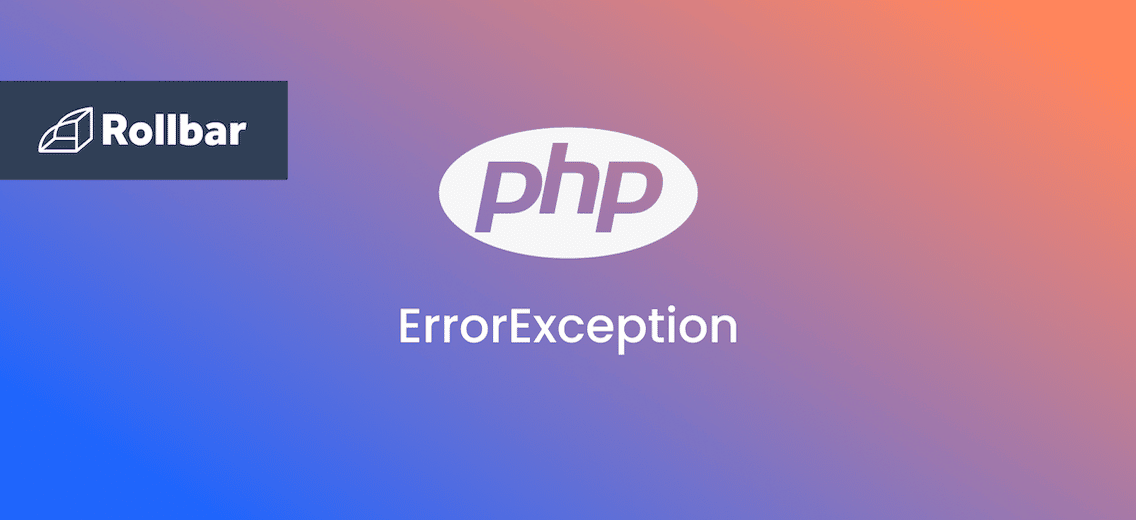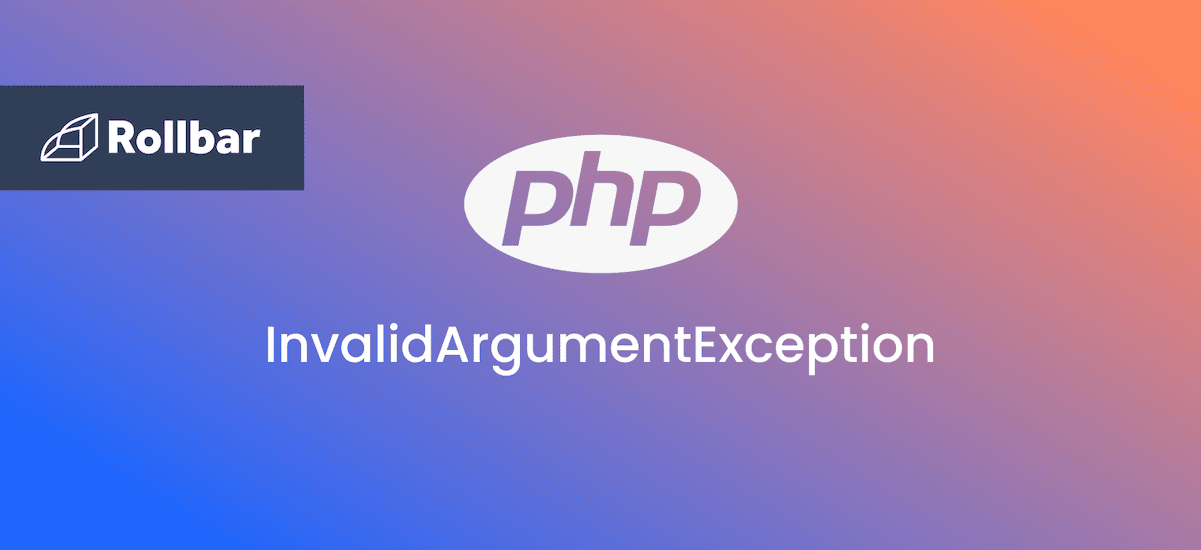In PHP, try-catch-finally blocks are used to handle exceptions, which are runtime errors that occur during the execution of a script. Using try-catch-finally blocks can help write more robust and reliable code by allowing developers to handle exceptions in a controlled manner.
Using Try Catch Finally Blocks
Try-catch-finally blocks can be used in PHP to handle exceptions in the following way:
- The
tryblock should contain code that can throw an exception. - The
catchblock should contain code to handle the exception. - The
finallyblock should contain code that is always executed, regardless of whether an exception is thrown or not.
Try Catch Finally Syntax
Here is the basic syntax for implementing the try, catch and finally blocks in PHP to handle a single exception:
try {
// Code that can throw an exception
} catch (ExceptionType $e) {
// Code to handle the exception
} finally {
// Code that is always executed
}
Try Catch Finally Flow Control
The following is the order in which exceptions are handled in PHP using try-catch-finally blocks:
- If an exception is thrown in the
tryblock, script execution is halted and control is passed to thecatchblock. If no exception is thrown, script execution continues and thecatchblock is skipped. - The
catchblock catches and handles the exception if one occurs. It must specify an exception type to catch, and also include a variable to store the exception object. This object can be used to get information about the exception, such as the error message, the file and line number where the exception occurred, and the stack trace. - The
finallyblock is always executed, and can be used to perform cleanup tasks, such as closing open files or releasing resources.
Handling Multiple Exceptions Using Try Catch Finally
To handle multiple exceptions using try-catch-finally, multiple catch blocks can be used:
try {
// Code that can throw an exception
} catch (ExceptionType1 $e) {
// Code to handle ExceptionType1
} catch (ExceptionType2 $e) {
// Code to handle ExceptionType2
} finally {
// Code that is always executed
}
Here, the first catch block is executed if an ExceptionType1 exception is thrown, and the second catch block is executed if an ExceptionType2 exception is thrown. If an exception of a different type is thrown, it will not be caught by either of these catch blocks and script execution is halted.
The catch blocks must be listed in order from most specific to least specific. For example, if a catch block for a specific exception type is followed by a catch block for a more general exception type, the more general catch block must come last.
Try Catch Finally Example
Here is an example of how to use the try-catch-finally blocks in PHP to handle a runtime error:
<?php
try {
$result = 1 / 0;
} catch (DivisionByZeroError $e) {
echo "Error: ", $e -> getMessage(), "\n";
} finally {
echo "Executing finally block";
}
?>
In the above example, the try block contains a division by zero operation, which will throw a DivisionByZeroError exception. The catch block catches the exception and prints the error message. The finally block is then executed, producing the following output:
Error: Division by zero
Executing finally block
Conclusion
The try, catch and finally blocks in PHP provide a powerful and flexible way to handle exceptions and errors in PHP scripts.
Exceptions can be handled by enclosing the code that can throw an exception in the try block, and providing catch blocks to catch and handle exceptions.
The finally block contains code that is always executed, regardless of whether an exception is thrown or not. This can be useful for performing cleanup tasks.
By following best practices for exception handling in PHP, robust and reliable code can be written that is better able to handle errors and unexpected events.
Track, Analyze and Manage Errors With Rollbar
Managing errors and exceptions in your code is challenging. It can make deploying production code an unnerving experience. Being able to track, analyze, and manage errors in real-time can help you to proceed with more confidence. Rollbar automates error monitoring and triaging, making fixing PHP errors easier than ever. Try it today!








